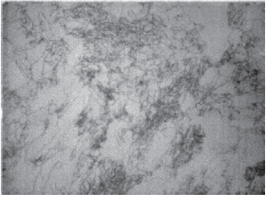NIR-II Probes for In vivo Imaging
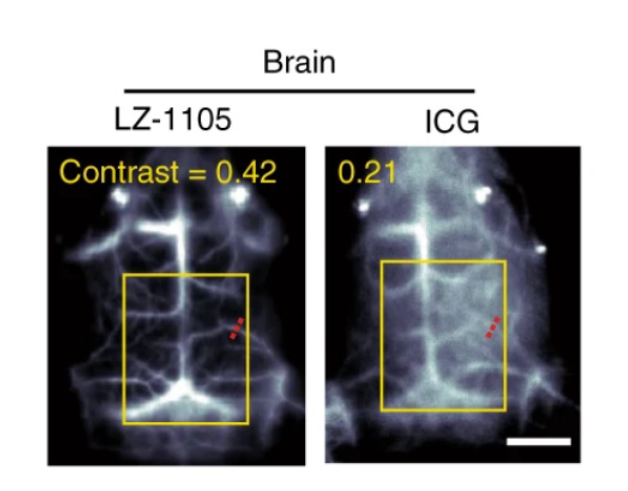
Optical fluorescence imaging is one of the most common techniques for imaging in vivo, due to its high temporal and spatial resolution [1]. As it is a non-invasive, real-time technique it is an attractive imaging modality for medical applications such as cancer diagnostics, biosensing, and medical testing.
The majority of fluorescence probes, essential for optical fluorescence imaging, reside within the visible range (400-700 nm). However, visible light is limited when imaging within the body…Read Full Article
Spinning Disc Confocal Microscopy In The NIR-II Window
Near-infrared (NIR) fluorescence is a technique used widely within biological and medical research due to the fact that NIR light can penetrate deeply in biological specimens. It offers high spatiotemporal resolution alongside the capability to image quickly (Fan 2019). The second NIR window (NIR-II, 900 – 1700 nm) is of recent interest due to its superior penetration depth, reduced tissue absorption and…Read Full Article

In vivo Fluorescence Imaging in the NIR-I Spectral Region for Early Cancer Detection

UV, VIS, and NIR-I detection methods have been used in various scientific and medical applications for decades. Each of these approaches, however, has its limitations. For instance, light at UV and visible wavelengths is quite easily detectable using silicon-based CCD technologies but is unable to penetrate samples due to reflection and scattering.
New CCD cameras can detect NIR-I wavelengths from 750 nm up to almost 1100 nm and thus provide…Read Full Article
Scientific Cameras for Ultra-Low-Light Imaging in Quantum Research
Quantum theory seeks to explain the nature and behavior of matter and energy at atomic and subatomic levels. Quantum research aims to manipulate the state of this matter and energy to achieve accurate, measurable, and repeatable results, thereby improving the understanding of such phenomena.
Most modern quantum research activity focuses on…Read Full Article
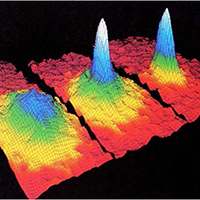
Deep-Cooled InGaAs FPA Camera Enables High-Speed, High-Resolution In vivo Imaging of SWIR-Emitting Quantum Dots
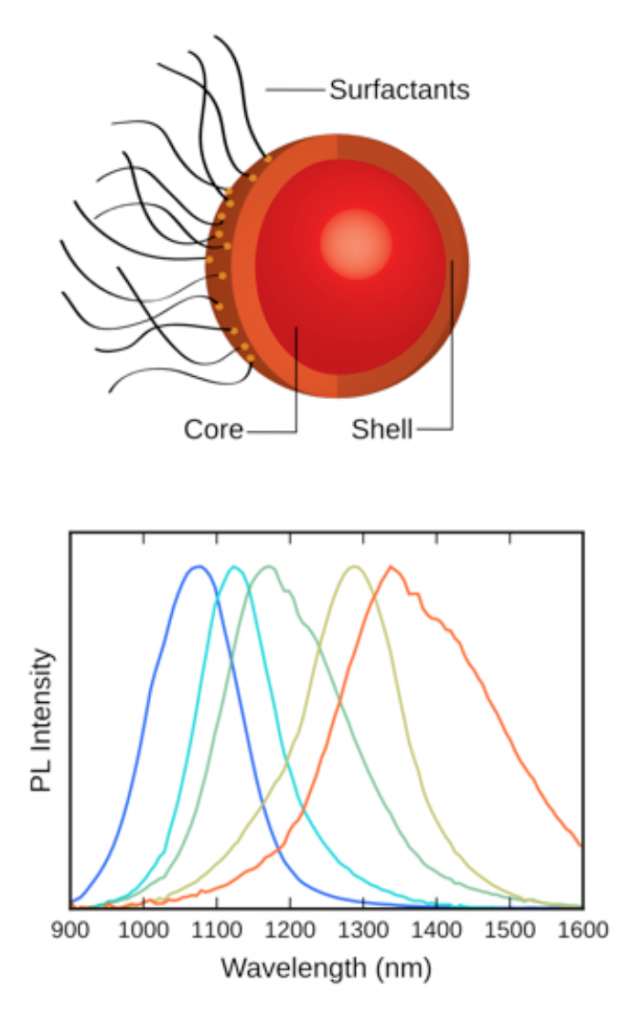
Working in the shortwave-infrared (SWIR) region of the spectrum affords researchers several advantages, including the abilities to circumvent unwanted fluorescence backgrounds and to probe more deeply into sample surfaces. The advent of deep-cooled camera systems that employ indium gallium arsenide (InGaAs) focal plane arrays (FPAs) has further increased…Read Full Article
Aberration-Free Spectrographs and NIR-Sensitive InGaAs Cameras Facilitate the Development of Carbon Nanotube Optical Sensors for Early Disease Detection
One of the main areas of research at the Memorial Sloan Kettering Cancer Center in New York City is the development of nanoscale sensors to detect cancer at its earliest stages. The research group led by Dr. Daniel Heller uses novel nanomaterials with unique optical properties, making it easier to identify disease biomarkers within the body and thus permit detection before symptoms arise. These nanotechnologies also allow…Read Full Article
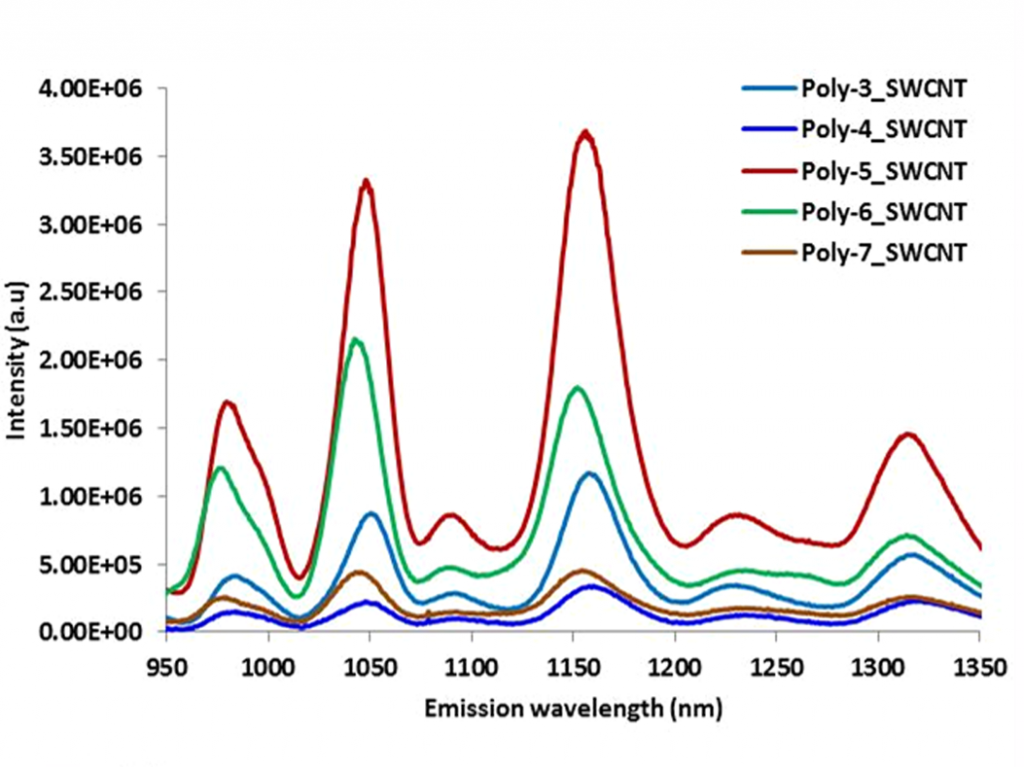
Scientific NIR-II/ SWIR Cameras Enable Femtosecond Frequency Comb Vernier Spectroscopy
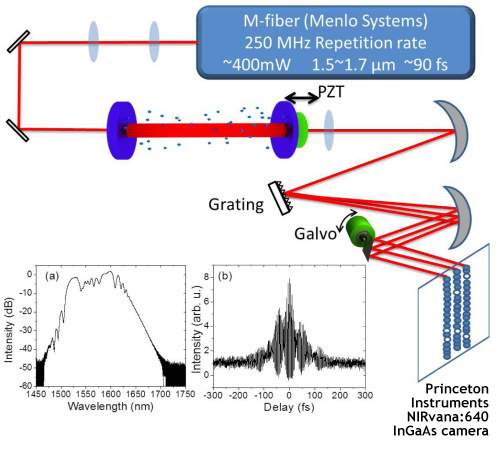
A frequency comb is a spectrum that comprises a series of discrete, equally spaced elements. The most popular mechanism used to generate a frequency comb is stabilization of the pulse train by a mode-locked laser. In 2005, John L. Hall and Theodor W. Hänsch shared one half of the Nobel Prize in Physics for their contributions to this important area. Recently developed techniques…Read Full Article
Ultra-High-Sensitivity, Deeply Cooled InGaAs Cameras for Ground-Based Astronomy in the NIR-II / SWIR
Infrared astronomy started about three decades after infrared (IR) radiation was discovered by Sir William Herschel in 1800. Work in the IR range has been an important facet of astronomical investigation since the 1950s and 1960s, when technological advances in IR detectors began being leveraged to augment the success of…Read Full Article
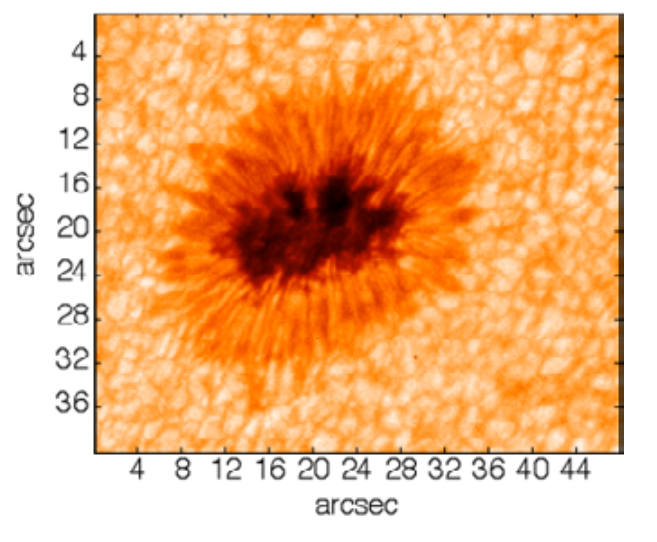
Scientific NIR-II-SWIR Cameras for Advanced Imaging and Spectroscopy Applications

For decades, x-ray and UV-vis-NIR detection methods have been used in various scientific, military, medical, and industrial applications. Although generally employed with success, these detection systems nonetheless still possess some limitations when utilized for such types of work.
Effectively leveraging the good sample penetration afforded by x-rays, for example, can prove difficult for…Read Full Article
Deeply Cooled, Scientific InGaAs Cameras Facilitate NIR-II / SWIR Imaging for Drug Discovery / Small-Animal Research
For decades, x-ray and UV-vis-NIR detection methods have been used in various scientific, military, and medical applications. Although generally employed to good success, these systems nonetheless have some limitations when utilized for such types of work. Effectively leveraging the good sample penetration afforded by x-rays, for example, can prove difficult for…Read Full Article
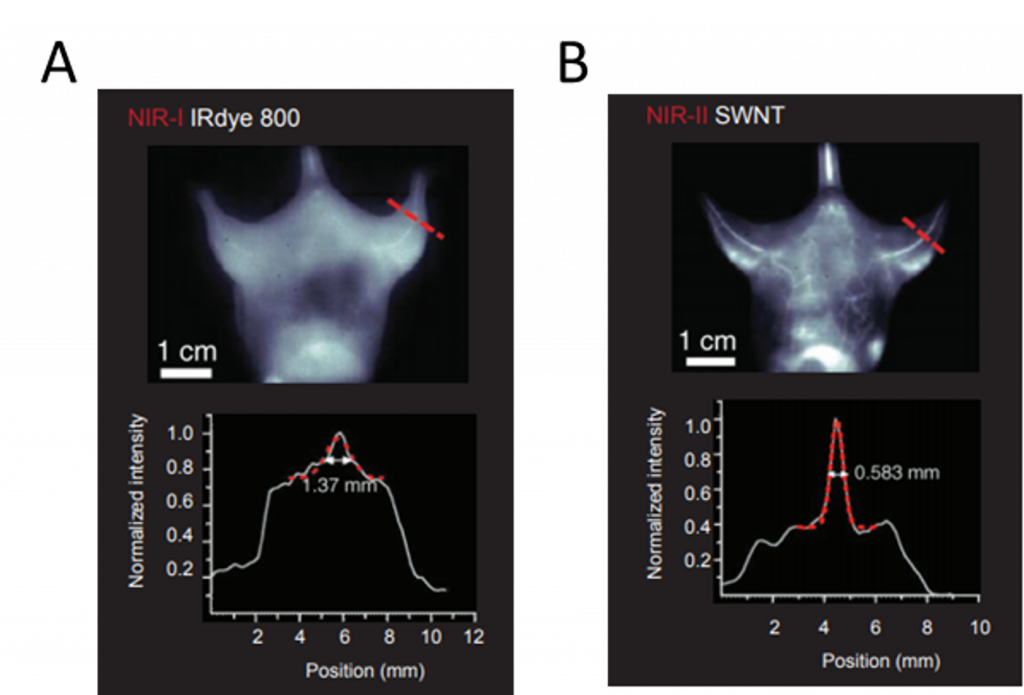
Real-Time Imaging of Singlet Oxygen via Innovative Microspectroscopy Instrument

Molecular oxygen is one of the most important molecules in maintaining life as well as in mechanisms by which life is extinguished and materials destroyed. For several decades,
researchers have been intrigued by the physical and chemical properties of molecular oxygen’s lowest excited state, singlet oxygen (1O2). In particular, singlet oxygen has a unique reactivity that can result in…Read Full Article
Solar Cell Inspection via Photoluminescence Imaging in the NIR/SWIR
The use of photoluminescence (PL) imaging to inspect solar cells is a rapidly growing area of interest in the field of energy research. Recently, leading-edge groups in the United States, Germany, Japan, Australia, and Singapore have begun exploring the advantages of utilizing InGaAs focal plane arrays (FPAs) to characterize multicrystalline silicon (mc-Si) solar cells via…Read Full Article
